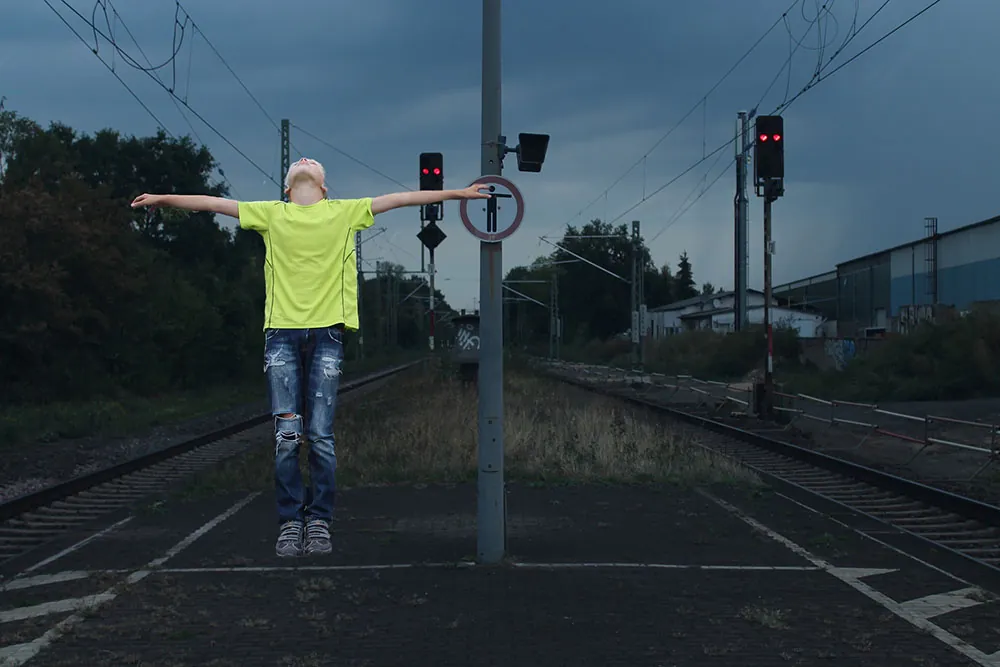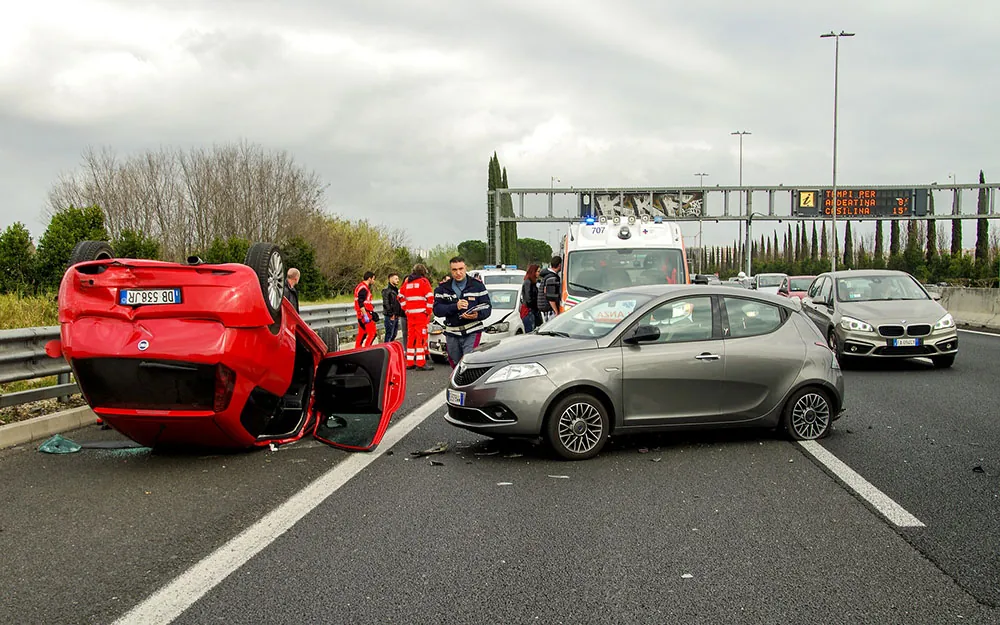25 Strict and Product Liability
OpenStax
Determination of fault and damages for intentional torts and negligence are based on the reasonable standard of care. Another form of torts looks at liability without fault, or strict liability. Strict liability determines liability, or harm, based on reasons other than fault (CCBC Legal Studies, n.d.). The mistakes leading to harm can be completely unintentional, and in some cases, unavoidable. Yet, damage is done, and a civil suit arises.
Strict Liability
Strict liability provides a remedy when harm is suffered through no intentional fault. The courts needed to create a standard that would cover this form of tort, or one without fault. The courts came up with the abnormally dangerous activity standard, which assigns responsibility when an individual engages in some form of dangerous activity, even if care is taken to avoid mishap (CCBC Legal Studies, n.d.). If a homeowner has horses in a pasture that is bounded by electric fencing, it can be determined that the homeowner exercised reasonable care. However, suppose that the electricity goes down, the horses get out onto the road, and an accident occurs as a result. In this case, the owner is responsible, even though he took reasonable care and the event was unforeseen.

- The activity poses a high degree of risk of harm to a person, the land of another, or the property owned by another.
- The harm resulting from this activity would likely be substantial.
- The use of reasonable care would not eliminate this risk.
- The activity is not something that would be considered a matter of common usage.
- The activity is not appropriate for the place where it occurs.
- The danger of the activity overshadows the benefit it poses to a given community.
In essence, the basis for determining strict liability is the extent of the risk involved in the activity. This basis could also apply to the ownership of dangerous pets. A dog that is known to be aggressive would qualify the owner for strict liability should it get out and bite someone. The courts would find that the owner knew, or should have known, that the dog was dangerous and had a propensity to cause harm (Kionka, 2013).
A light bulb factory that manufactures a million safe light bulbs, for example, and then manufacturers one that explodes when it is turned on due to some production defect, is strictly liable for the injuries caused. Similarly, a frozen pizza factory that produces thousands of pizzas without any trouble would be strictly liable if one frozen pizza is produced that contains foreign contaminants because of a production defect such as an inattentive worker or machine breakdown.
Trespass
In some situations, the owner of the dangerous activity might not be held liable. One such situation is trespassing. Trespassing occurs as an individual enters or remains upon property owned by another without permission (Kionka, 2013). In the case of trespassing, the owner of the property does not have a duty to make the premises safe based on reasonable care for the trespasser (Kionka, 2013). Also, the owner does not have a responsibility to cancel or alter activities on the premises to avoid endangering the trespasser (Kionka, 2013).

- When the area in question is a common place for trespassing
- When the owner knows a trespasser is present
- When the trespasser needs aid, then the owner has a duty to rescue him or her
- When the trespasser is a child, and the dangerous activity is deemed as an attractive nuisance, or an attraction that a reasonable child would wish to view
Even though trespassing can present an exception to liability in the presence of a dangerous activity, it is not a given. There are numerous exceptions that allow for liability. In effect, strict liability can occur in a given situation even when the property owner has provided care that goes above and beyond what is reasonable. The court does not need to establish proof of lack of due care when applying strict liability to a case (Baime, 2018).
Product Liability
Individuals are not always the defendants involved in civil suits. Manufacturers, wholesalers, distributors, and retailers can also be named in torts that pertain to products and qualify as strict liability (CCBC Legal Studies, n.d.). Some products contain flaws that were not intentionally created; such flaws may not be discovered until an individual suffers harm as a result of using them.
It is not always possible to conclusively prove that an act or omission was responsible for the harm (Baime, 2018). As a result, the courts developed the doctrine of res ipsa loquitor, which means that whatever it is speaks for itself. The burden of proof shifts from the plaintiff to the defendant, who must disprove negligence. However, the plaintiff must first establish three factors (Baime, 2018):
- The defendant had control over the product in question while it was being manufactured.
- Under normal use and circumstances, the product would not cause damage or harm, but damage or harm has occurred in the case in question.
- The behavior of the plaintiff did not significantly contribute to the harm caused.
The doctrine of res ipsa loquitor does not establish proof of negligence, but it does allow the jury to infer what is not explicitly available pertaining to negligent acts or omissions on the part of the defendant (Baime, 2018).
Negligence can occur when products are created because defects can harm consumers. Think about the potential harm that would occur if brake manufacturers were negligent. This negligence would cause brakes to have flaws, which would prevent them from doing their job of stopping cars. If a car does not stop, people will likely be injured. The manufacturing defect would result in a product liability lawsuit, based on legal responsibility for the harmful consequences proximately caused by the product defect (Baime, 2018). Since the courts would not be able to see the negligence occurring, the courts would base their decision on res ipsa loquitor and the fact that the brakes would not normally fail under normal use by the driver.

In the case of product liability, the court uses an unreasonably dangerous product standard to determine liability. The unreasonably dangerous product would be so dangerous that the danger would be beyond the expectation of the user, and a less dangerous option could have been produced instead (Kionka, 2013). This type of unreasonably dangerous product often falls into one of three categories (Kionka, 2013):
- A flaw in the manufacturing process that occurred because the manufacturer failed to exercise proper care during manufacturing
- A defect in the design of the product, which makes it dangerous, and safer alternatives are available and economically feasible
- The product includes insufficient warnings or instructions for the proper use of the product and its potential dangers
Defenses
There are defenses to product liability claims. In some cases, the plaintiff’s own behaviors contribute to his or her injuries, based on his or her own negligence. This situation is known as contributory negligence. Contributory negligence, when determined by the court, prevents any recovery of damages by the plaintiff (Baime, 2018). So, if the court finds contributory negligence, the plaintiff is unable to recover any damages for the injury. Two forms of contributory negligence are assumption of risk and misuse.
Assumption of risk is one defense. In some cases, the defendant can argue that the user assumed the risk of using the product if he or she used the product while knowing that the defect in the product created a risk (CCBC Legal Studies, n.d.). An individual who purchases a saw and sees that the guard is too small to cover the teeth, but decides to use it anyway, is assuming the risk of using the product. If the saw cuts the individual, then the manufacturer could argue that the person assumed the risk because he saw the defect, understood the risk, and used the saw anyway.
Another defense is product misuse. In some cases, an individual will use a product in ways that it is not meant to be used (CCBC Legal Studies, n.d.). The user might not be aware of a defect, and he or she proceeds to use the product incorrectly. Misuse by the individual would be to blame for any resulting harm.

Conclusion
In some cases, a plaintiff suffers harm, but fault is not easily determined, or fault is not the issue. A defendant can exercise reasonable care while the nature of the activity lends itself to risk of harm. Products could have obvious or hidden defects that cause harm to another. When defects occur, the plaintiff has the ability to file a civil suit against the entity that is responsible for the harm-causing defect. The plaintiff might also share some responsibility in the harm, and based on product liability, the court decision will be adjusted accordingly.

